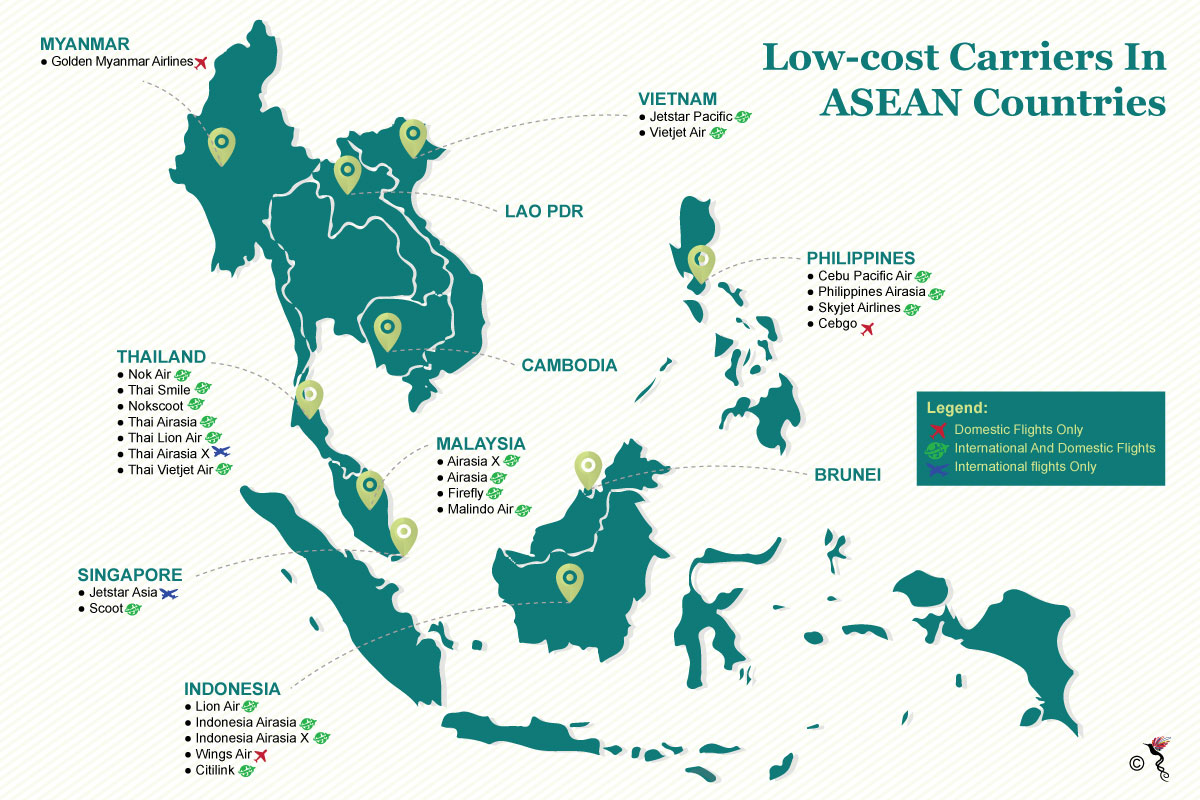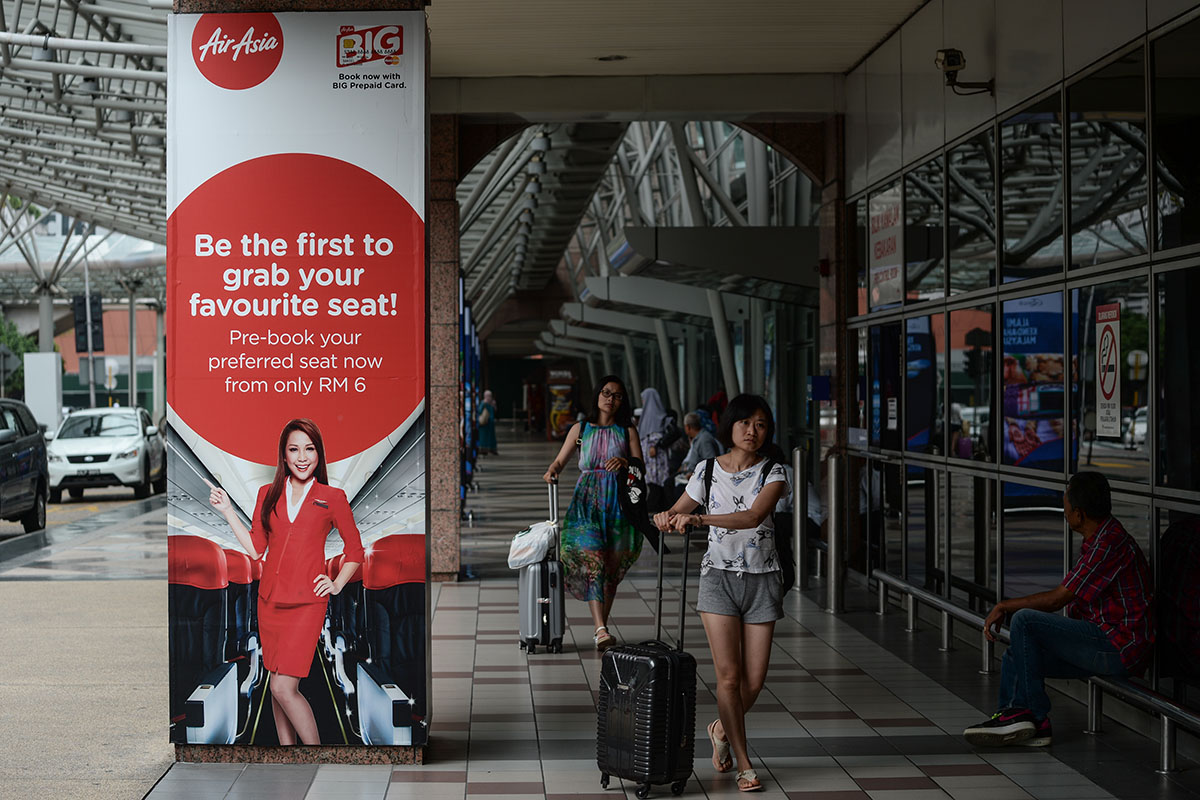In recent years, the demand for air travel has grown due to the increase in low-cost carriers which allow the middle class to travel for work or leisure more frequently. In a press statement released by IATA (International Air Transport Association), passenger demand for air travel is set to double over the next 20 years.
“People want to fly. Demand for air travel over the next two decades is set to double. Enabling people and nations to trade, explore, and share the benefits of innovation and economic prosperity makes our world a better place,” said Alexandre de Juniac, IATA’s Director General and CEO.
Within the Southeast Asian region, AirAsia and AirAsia X have seen to it massive expansions of their fleet while it is focusing on developing AirAsia Japan. It is also considering formulating routes to Vietnam and the United States of America. According to CAPA (Centre for Aviation), this comes at a time when the company faces both intense local and international competition from Malindo Air and Malaysia Airlines in Malaysia, and VietJet, Thai Lion Air, and Cebu Pacific Air internationally. Aside from that, the low-cost carrier is also encountering stiff competition from the increasing number of low-cost carriers within the region.

Low-cost carriers in ASEAN countries, as compiled from CAPA (Centre for Aviation).
Collectively, this is seen as a major step towards implementing the ASEAN-SAM (ASEAN Single Aviation Market) – also known as the Open Skies Policy – which has been established to promote liberalisation and boost regional connectivity within Southeast Asia. This policy was also enacted by the growing middle class sector within ASEAN, which is predicted to double to about 500 million by the year 2020.
AirAsia has already came up with its own internal plan to work along with the Open Skies Policy by introducing its “One AirAsia” plan. The goal is to streamline operations by consolidating AirAsia’s Southeast Asian units in Malaysia, Thailand, Philippines and Indonesia. This would mean reduced costs, standardised products and combined services, as well as increased region connectivity. The “One AirAsia” plan is expected to be implemented in two years time. While AirAsia Indonesia and Philippines AirAsia are not publicly listed just yet, the carrier plans to establish its presence within the Philippine market and expand amid the Philippine government's policies.
AirAsia is also expanding its presence outside of Southeast Asia. AirAsia X – the long-haul budget airline and a sister company of AirAsia – has recently launched a direct route to Jeju, South Korea from Kuala Lumpur, Malaysia. The carrier will fly to Jeju four times a week starting on December 12, 2017.
“We are proud to be the only airline to operate direct flights to Jeju, South Korea from Kuala Lumpur, connecting the beautiful island with Malaysia and the rest of Asia and beyond through Asia’s LCC hub. South Korea is an important market and we have seen tremendous growth from our existing routes to Seoul and Busan which will now be complemented by our new service to Jeju, saving our guests the hassle of domestic transit to the island province. This new route will provide additional over 150,000 capacity annually and will be a significant boost to strengthen business and tourism ties between Malaysia and South Korea. We wish to thank the governments and relevant authorities for the tremendous support and making this route launch possible,” said Benyamin Ismail, CEO of AirAsia X.
AirAsia X was incorporated since 2007.
